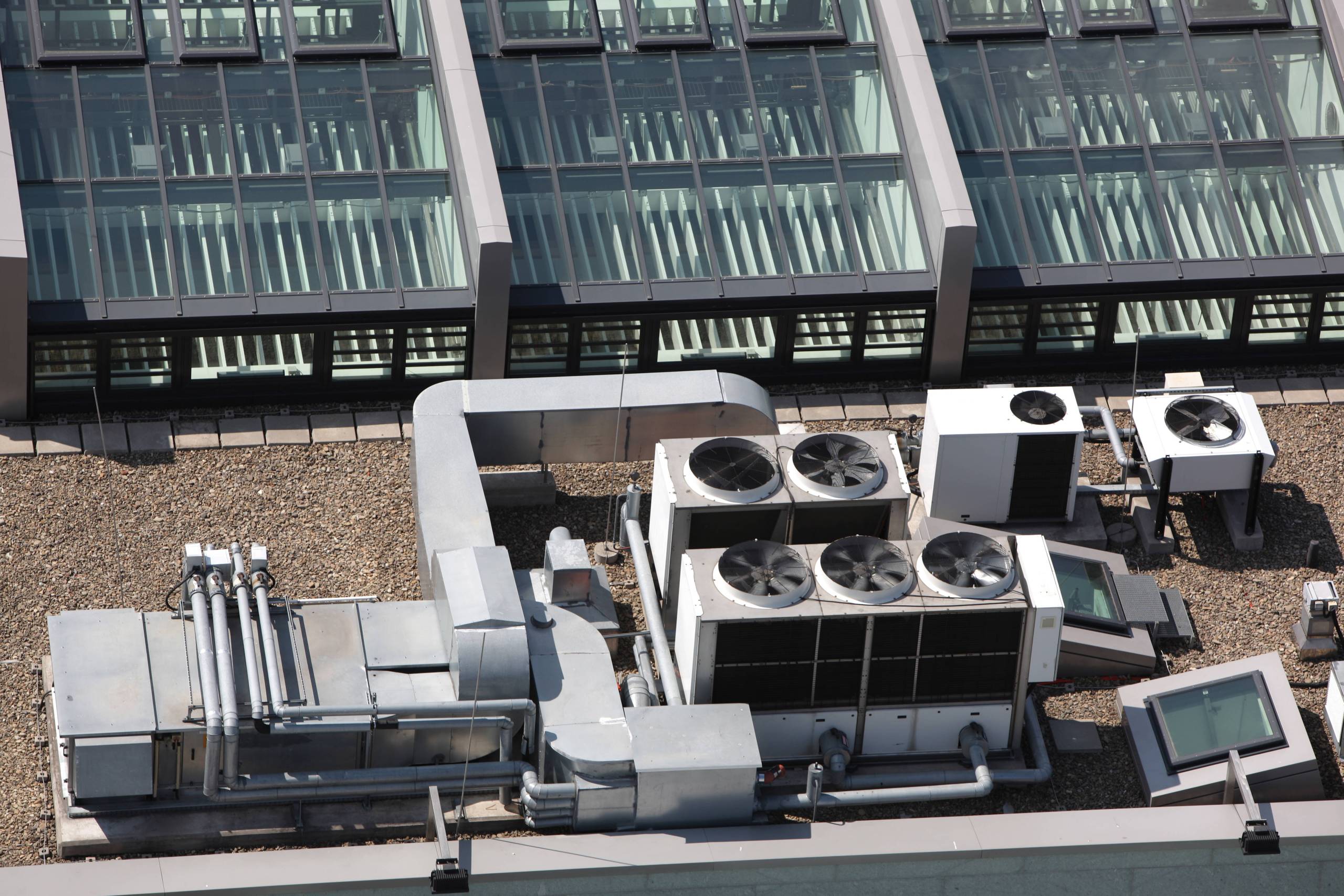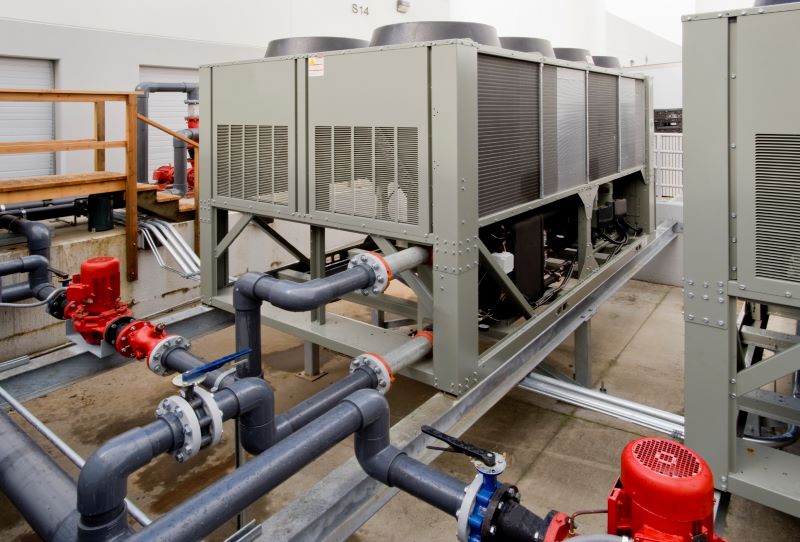Keep hospital staff and patients comfortable and safe with energy-efficient HVAC systems
Systems in aging buildings are more likely to break down and require additional maintenance. HVAC systems can prove especially challenging. Over time they can become less efficient, which is problematic given how much energy they use. According to a 2012 survey by the U.S. Energy Information Administration, heating, cooling and ventilation account for 52 percent of energy use by U.S. healthcare facilities. This makes HVAC systems a great place for hospitals to save energy and cut operating costs by repairing and upgrading old equipment.

Combat heat stress on your hospital’s HVAC system
Extreme heat is hard on HVAC systems, and summers in southern California are getting hotter. The National Weather Service says that Coastal California is 30 to 40 percent likely to see above normal temperatures in the summer, while inland areas are 40 to 50 percent likely. Repairing or upgrading hospital HVAC components can help ensure your chillers and cooling towers are ready for summer stress.
Improve your hospital’s HVAC longevity with Variable-Frequency Drives (VFDs)
Through the Comprehensive Energy Management Solutions (CEMS) program, San Diego Gas & Electric (SDG&E®) commercial customers can receive cash incentives to upgrade existing or install new, high-efficiency HVAC equipment. This includes energy-saving devices like variable frequency drives (VFDs). VFDs on your hospital’s chilled water and condenser water loops, cooling tower fans, chiller compressors and on-air handlers ensure pumps and fans only run when needed, which can also alleviate stress on otherwise overworked components.
Decrease internal heat sources with LEDs
Hotter summers challenge hospital HVAC systems enough. They shouldn’t also have to combat unnecessary internal heat sources, like lighting. Fluorescent lights are common in older buildings, including hospitals. Unfortunately, fluorescent lights put out a lot of heat as compared to LEDs. Switching out-of-date lighting to modern LEDs can remove one more unnecessary burden on your hospital’s HVAC system, and CEMS can help cover the cost.
Get help upgrading hospital Building Management Systems with HVAC retro commissioning
CEMS energy advisors can help hospitals take on custom energy efficiency projects, like upgrading your chiller, installing or updating a building management system (BMS) and retro commissioning (RCx). RCx opportunities such as supply air reset, chilled water reset, condenser water reset and programming automated schedules help improve a hospital’s performance and reduce energy consumption through automated processes. To calculate these savings and demonstrate confidence in energy saving estimates, the CEMS team utilizes Normalized Metered Energy Consumption (NMEC).
All customers are eligible for engineering assistance upon request and these types of projects can lead to substantial utility bill savings and operational improvements.
VFDs on hospital Air Handling Units (AHUs) and exhaust fans can help save energy
Historically, hospital air distribution systems are designed to deliver constant air volume (CAV) in which the supply and return fans operate at full speed. Air distribution systems serving non-critical areas can be converted from CAV to Variable Air Volume (VAV) by adding variable frequency drives and VAV terminal units. VAV air distribution systems significantly reduce the HVAC system’s energy consumption by allowing fans to operate at a reduced speed while still meeting the minimum air change rate required by the code.

Hospital HVAC Air Cooled Chiller System
Learn how to save on your hospital utility costs
New energy-efficient equipment and optimizations can save a lot of energy overtime, positively affecting the hospital’s bottom line. While the initial investment can seem daunting, incentives can reduce the up-front expenditures.
Target retrofit projects typically cover their up-front cost in less than five years through energy savings. CEMS energy advisors can provide technical support and help keep projects moving. This takes some of the work off the hospital’s internal building operations team, which then benefits from an up-to-date system that requires less maintenance and fewer repairs.
Want to lean how CEMS can help your hospital cut operating cost, improve the longevity of your HVAC systems, and save energy?
Last Updated: November 10, 2022





